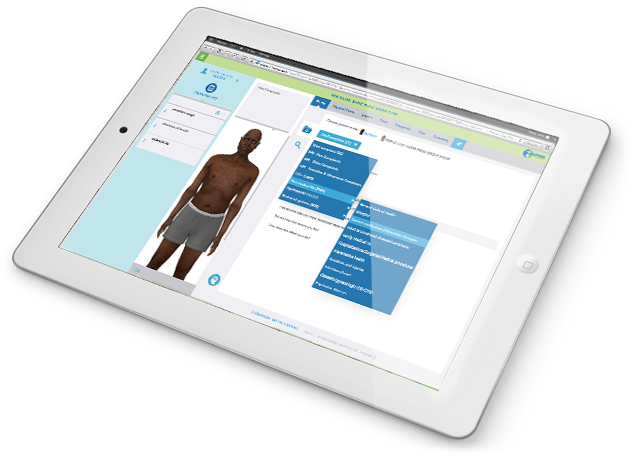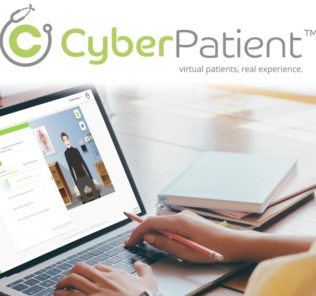i-Human Patients Enables Team-Based Learning From Anywhere
Programs looking to provide learners with Team Based Learning opportunities beyond the classroom should consider the unique opportunities available through Kaplan’s i-Human Patients. While some contemporary educational tools allow faculty to provide learning opportunities beyond the singular limitation of lecture, location or latency, i-Human Patients does all of the above. Medical Simulation programs looking to provide clinical teams with digital learning opportunities should check Kaplan’s i-Human Patients, which we take a closer look at here today!
With i-Human Patients, instructors can assign interprofessional teams with online patient cases, allowing learners to work on their portion of care from home or anywhere. Upon return to the classroom, educators then debrief the team on their individual and group performance of care.
Combining individual class work, team based work and in-class discussion, educators can utilize i-Human Patients to assign patient cases to learners teams to cover the complete range of patient care.
Sponsored Content:
Moving beyond the “flipped classroom” approach, i-Human Patient combines blended learning that reverses the traditional teaching environment by delivering online instructional content inside and outside of the classroom. The platform moves traditional learning activities like patient case discussion out of a theoretical approach — to a more hands-on engagement, for both in-classroom and home-based learning.
Regardless of location, i-Human Patients enable learner teams to focus on key topics such as developing a differential diagnosis list, ordering tests, interpreting test results, and selecting a final diagnosis with a treatment plan. A plethora of patient cases are already built into the system which span “across the ages” from newborns to 92 years olds. Learners can interact with these virtual patients in a comprehensive encounter, from history to note taking across the continuum of care.
Such core i-Human Patients functionality allows for learners to:
- Practice their skills needed for an entire patient encounter
- Engage with symptom to diagnosis training
- Gather pt history and complete physical examinations
- Recognize the need for test and complete ordering
- Practice differential diagnoses
Vinay Kumar MBBS, MD, Professor and Chairman of the Department of Pathology at the University of Chicago, shared with us that “i-Human Patients is the most exciting advance in healthcare education that I’ve seen. It has the power to change how faculty teach and how students and clinicians learn. The result will be better-prepared clinicians and improved patient care.”
Sponsored Content:
Regardless of the way you utilize i-Human Patients, the platform enables educators to review individual and group analytics to assist with determining competency, as well as to identify areas of struggle. Such progressive information is immediately available as soon as the learner completes their cases, creating usable data that can be used for individual and group feedback. Some institutions have found i-Human Patient learner scores an early predictor of finding those who may need additional assistance to become successful clinicians.
i-Human Patient Features
- Safe Environment: Clinical Simulation removes the risks, allowing students to learn by making mistakes.
- Repeatable Encounters: Standardized, repeatable client encounters offers students the benefit of repetition.
- Feedback & Remediation: Continual progress reports prepare students for psychomotor clinical simulation and working with live clients.
- 24×7 Availability: On-demand practice with virtual clients is available to students through the mobile app.
- Enhanced Critical Thinking: The immersive experience encourages critical thinking and promotes improved client outcomes.
Learn more on Kaplan’s i-Human Patient Website Today!
Lance Baily, BA, EMT-B, is the Founder / CEO of HealthySimulation.com, which he started in 2010 while serving as the Director of the Nevada System of Higher Education’s Clinical Simulation Center of Las Vegas. Lance also founded SimGHOSTS.org, the world’s only non-profit organization dedicated to supporting professionals operating healthcare simulation technologies. His co-edited Book: “Comprehensive Healthcare Simulation: Operations, Technology, and Innovative Practice” is cited as a key source for professional certification in the industry. Lance’s background also includes serving as a Simulation Technology Specialist for the LA Community College District, EMS fire fighting, Hollywood movie production, rescue diving, and global travel. He and his wife live with their two brilliant daughters and one crazy dachshund in Las Vegas, Nevada.
Sponsored Content:
















